
About Tropical Animals
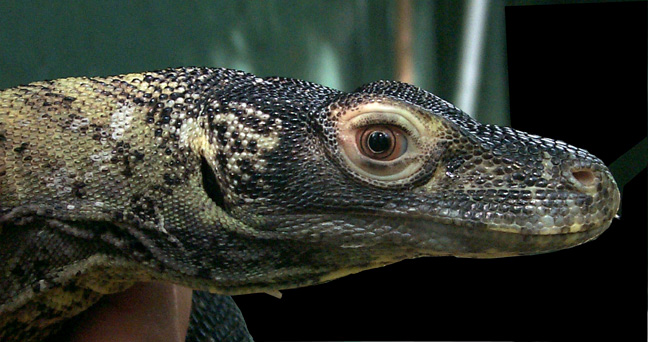
The tropics of the world contain an amazing wealth of animals, insects, and other non-plant inhabitants. There are animals and insects that at first glance seem very appropriately suited to their habitat and climate, while the successful survival of some organisms with such unimaginable shapes and colors often challenge our logic and common sense. How can some of these gaudy brightly colored creatures move through the forest and remain uneaten? Aposematic coloration that has evolved through Batesian or Muellerian mimicry can be seen throughout the animal kingdom. Camouflage and cryptic coloration is also found in many animal and insect species. Form (and color) does follow function!
There is nothing more rewarding than seeing an animal or insect in its natural habitat. Most of the animals and insects featured on tropicaldesigns.com were photographed in situ or in their native environment. Many of these creatures are endangered through an irrevocable loss of habitat and the only way their species may survive is by the stewardship and husbandry of zoos and theme parks with tropical exhibits and artificial ecosystems. This is an unfortunate fate for any animal but the other choice is extinction. That is not an option to be considered.
The creation of an artificial ecosystem that will allow tropical flora and fauna to not only survive, but flourish is possible. There are zoos and theme parks worldwide that undertake these exhibits successfully. The key to successful and sustainable design is having an intimate knowledge of the natural history of the animal(s) and its associated flora. Transferring that knowledge into the design of the artificial ecosystem/exhibit, and having the long term ability to commit the resources, and a knowledgeable staff to maintain the habitat will enable a successful system for the creatures within to flourish. Remember, a well constructed and visually appealing exhibit is an educational one. The better educated people are, the more likely they are to be concerned with the stewardship of our planet and the preservation of all species.
Jeff Shimonski
June 5, 2005


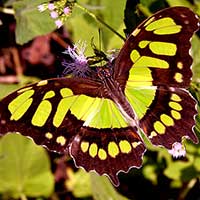
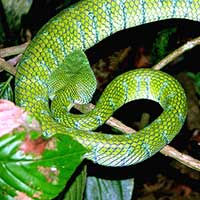
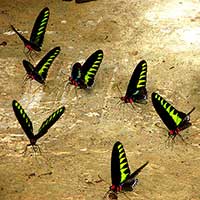
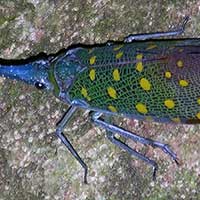
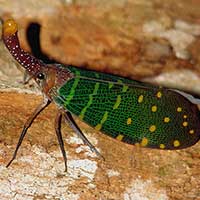
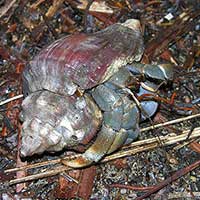
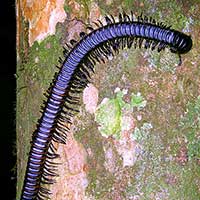
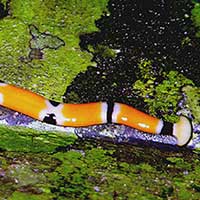

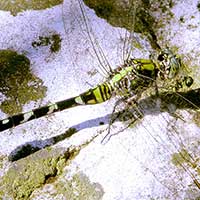
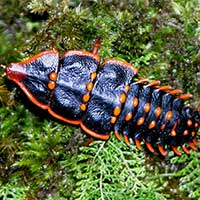
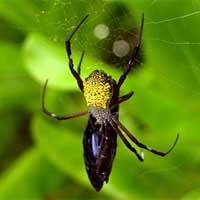
 About Tropical Animals
About Tropical Animals Butterflies in the Garden
Butterflies in the Garden American Blue Land Crab
American Blue Land Crab